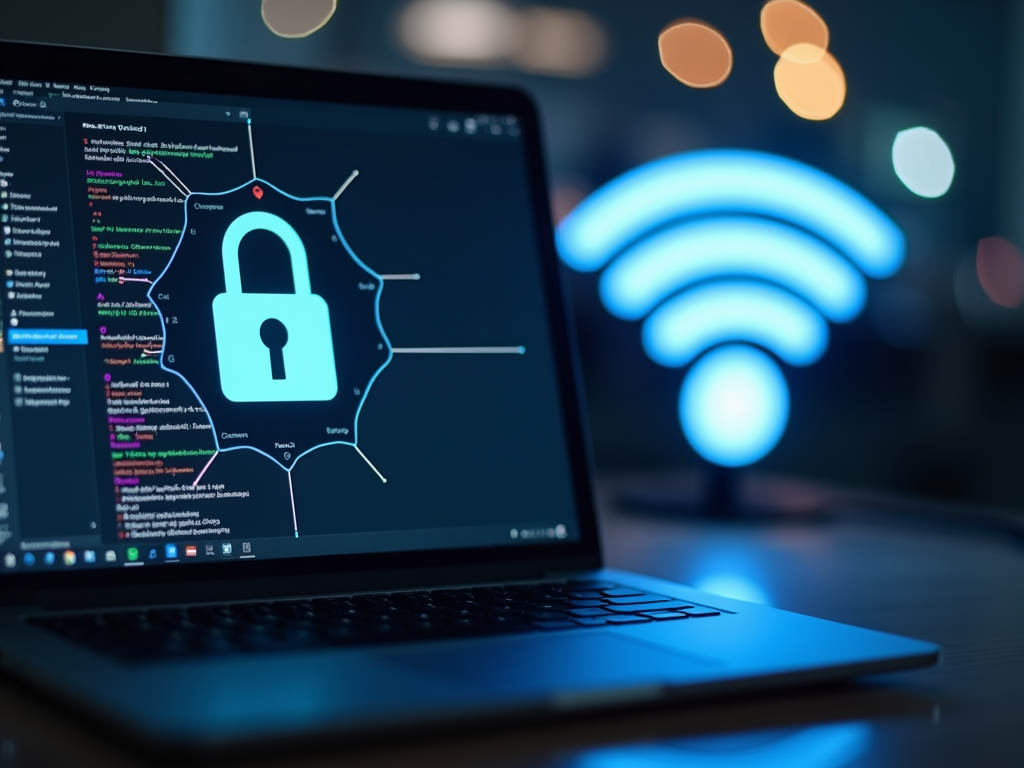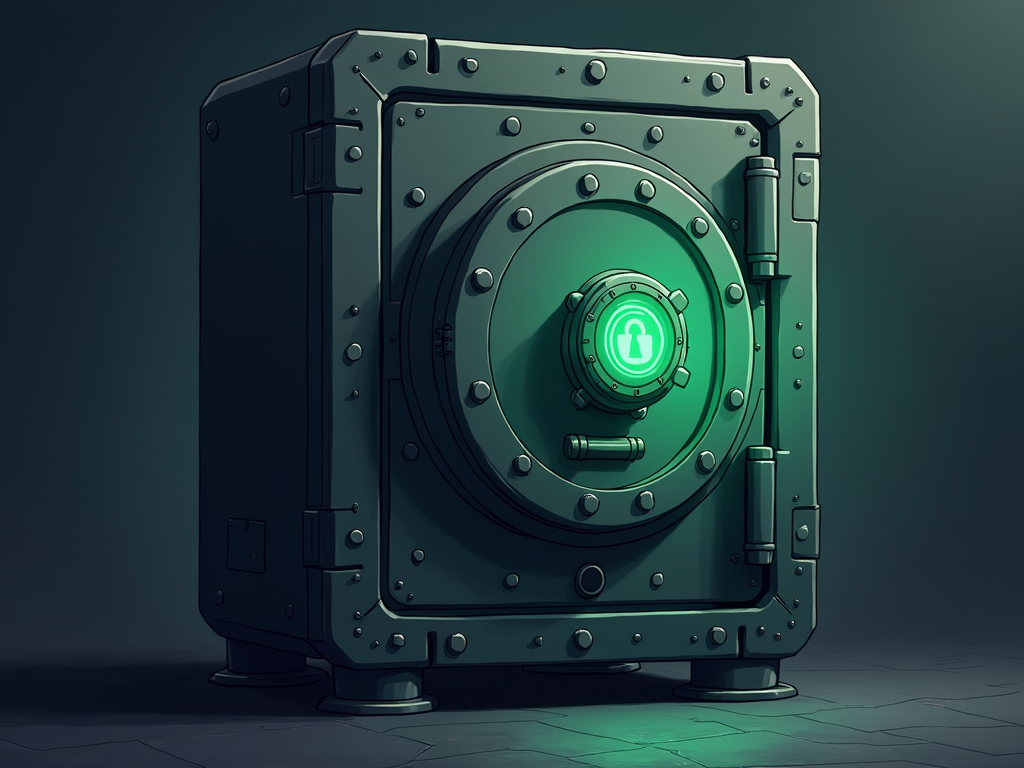Steps to Lock Down Your Digital Life: A Comprehensive Guide
Overview
Your digital life is under constant threat from data breaches and cyberattacks. This guide offers practical Steps to Lock Down Your Digital Life, helping you protect your online privacy in an easy, actionable way.

Step 1: Assess Your Current Digital Footprint
Before you can lock down your digital life, figure out what’s already out there. Search your name on Google to see what pops up. Use a site like Have I Been Pwned (https://haveibeenpwned.com) to check if your email’s been leaked. I once found an old forum post I’d forgotten about—it was a wake-up call! Review your social media settings too. Tighten them up to limit who sees your posts.

Step 2: Secure Your Devices
Your phone and computer are key to your digital life. Keep them safe by updating your software regularly—those updates fix security holes. Install antivirus software you trust. Turn on your firewall. I always encrypt my hard drive; it’s like locking my digital front door. Secure your Wi-Fi with a strong password, not the default one. Avoid public Wi-Fi unless you’re using a VPN.

Step 3: Strengthen Your Passwords
Weak passwords are an open invitation to hackers. Use strong, unique passwords for every account. Mix letters, numbers, and symbols—think 'Tr0ub4dor&ix' instead of 'password123.' I switched to a password manager like Bitwarden, and it’s a lifesaver. It generates and stores complex passwords for me. Add two-factor authentication (2FA) wherever you can—it’s an extra layer of protection.

Step 4: Protect Your Online Activities
What you do online can expose you. Look for the padlock icon and 'https' in your browser—it means the site is secure. Watch out for phishing emails pretending to be legit; I almost fell for one once! Limit what you share on social media. Adjust privacy settings on platforms like Facebook. A VPN hides your activity, especially on public networks.

Step 5: Use Privacy-Enhancing Tools
Online privacy tools can boost your security. Take BleachBit—it’s free and cleans your computer by wiping junk files and sensitive data. Here’s how to use BleachBit to clean your computer for privacy:
- Download it from bleachbit.org.
- Open it and pick what to clean, like browser history.
- Hit 'Preview,' then 'Clean.'
I use it monthly—it’s satisfying to see the clutter go! Also try VPNs, Signal for messaging, or the Brave browser.

Step 6: Stay Informed and Vigilant
Locking down your digital life isn’t a one-time thing. Follow cybersecurity news—sites like Krebs on Security (https://krebsonsecurity.com) are great. Check your settings regularly. Be picky about new apps; some want too much data. I learned this the hard way after downloading a shady game. Keep learning about new threats to stay ahead.

Summary
Protecting your online privacy starts with these Steps to Lock Down Your Digital Life. Assess your risks, secure your devices, use strong passwords, guard your online habits, and lean on tools like BleachBit. It’s not hard—just consistent. Start today and keep your digital life safe!
